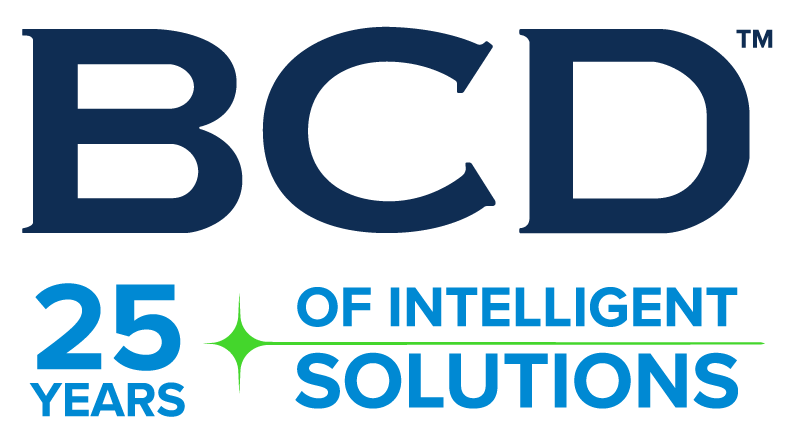Over the past 20 years, we’ve watched cities transform from disparate, analog microsystems to globalized networks of sensors, or Internets of Things (IoT), wherein information is generated and integrated to improve infrastructure, efficiency, convenience, and quality of life for residents and visitors alike. This evolution of the digital landscape—not to mention the explosion in the raw potential of data—has dramatically changed the way cities leverage the data they collect.
Smart Cities, or projects built on a framework “predominantly composed of Information and Communication Technologies (ICT) to develop, deploy, and promote sustainable development practices to address growing urbanization challenges,” according to Thales, are the product of this explosion of the Technosphere. Everywhere from Singapore to London, Smart Cities are changing the way city planners think about data.
Growing Pains
Smart Cities are also growing exponentially in popularity. As a result, the market for Smart Cities is expected to reach $676.01 billion by 2028, according to Grand View Research. This change, however, hasn’t come without its challenges.
Cities that do not build a framework agile or scalable enough to accommodate future growth of data aggregated from thousands of sensors will hit a wall after only a few years. For perspective, the International Data Corporation (IDC) reported that in 2020, the world produced 64.2 ZB of data, with a compound annual growth rate of 23 percent spanning the 2020-2025 forecast period. Thus, Smart Cities need effective and efficient data processing and management if they hope to stay ahead of this trend.
The following are three steps system integrators can take to get municipal customers ready for the transition to a Smart City:
1. Build a Scalable Video Data Infrastructure
First, a Smart City can’t do what it’s designed to do without building an infrastructure that is built to capture, store, and analyze ever-growing amounts of video and data. When discussing design plans with your municipal customer, stress the importance of a storage system that can handle high read/write workloads on the edge, as well as long-term storage, processing, and analysis in the backend.
Another essential facet of reliable video data infrastructure is a system’s scalability. When speaking with your client, recommend a modular system that can scale up in computing power and scale-out in storage as needed. Ensure your end-user that this kind of storage solution will maximize resources, reduce expenses, and lower the overall total cost of ownership of the system.
2. Reinforce Transparency and Data Security
Equally important to data management is transparency, accountability, and data protection. As the foundation of Smart City growth implies collecting more public data, ensuring open data policies, and building public trust will prove essential to building a sustainable Smart City model. Talk to your end customer about partnering with local officials, stakeholders, and city planners about awareness campaigns that involve public input, to reiterate that data collection is transparent, responsible, and in the interest of that public. In addition, follow best practices to encrypt and protect data from unauthorized users.
3. Educate the Public on the Benefits
Advise your end-user to produce education materials for the public—whether it be a video series, infographics, or a landing page on the city’s website—that reiterates the goals and benefits of a Smart City. Have your client showcase statistics and examples of Smart Cities improving traffic congestion, accidents, crime prevention, and resource management. Make sure it’s made clear that Smart Cities benefit everyone.

